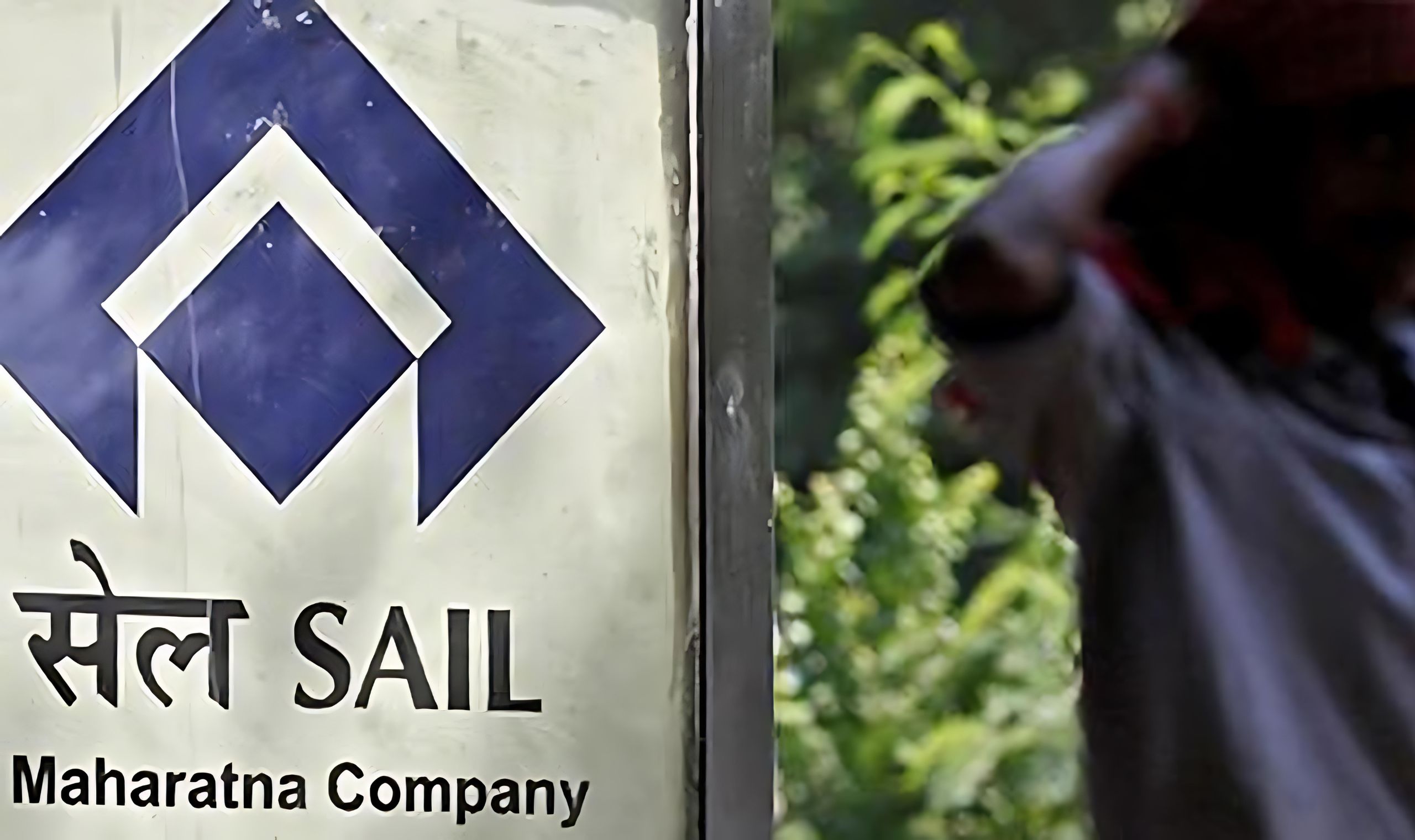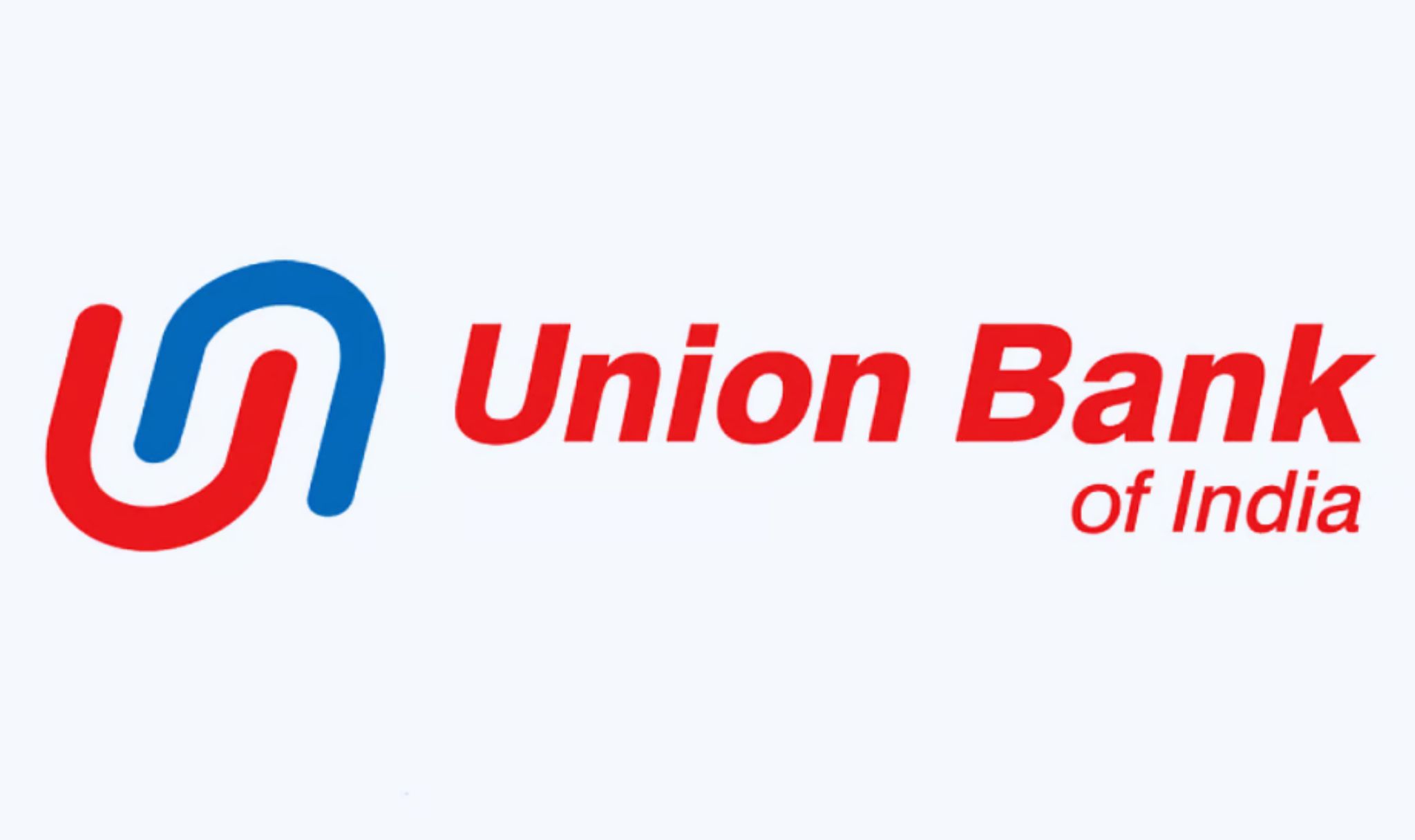Steel Authority of India Limited (SAIL) shares have seen some hiccups recently, as the stock declined more than 3% ahead of the company’s third-quarter fiscal year 2025 (Q3FY25) results that were announced on February 11, 2025. Given that SAIL is one of India’s largest and most important players in the steel industry, its Q3 performance has been eagerly awaited by investors, analysts, and market watchers. The drop in the share price before the results made the performance of the company raise some questions, especially because several analysts have predicted mixed expectations for the company’s upcoming quarter. In this blog, we dive into the reasons behind the movement in SAIL’s stock price, explore what analysts predict, and assess what investors can expect from the company in the coming months.
Background of Steel Authority of India (SAIL)
SAIL is one of the Maharatna PSU public sector undertakings. It is one of the country’s largest steel producers. The company produces steel in various sectors, including infrastructure, automotive, and industry-related productions. SAIL’s history dates back to 1954, while having established a strong presence within the Indian steel industry, this diversified product portfolio consists of all flat and long products to a wide gamut of value-added steel products. The company runs several steel plants across the length and breadth of India while serving customers not only domestically but also across international boundaries.
In essence, the general stock market trend reflects the happenings in the overall steel sector as well as SAIL’s capability to attain production and sales targets. As the business is cyclical, investors carefully monitor SAIL’s earnings as well as other performance indicators, taking into consideration changes in price levels of inputs like iron ore and coking coal, changing demand for global steel, as well as changing conditions in the Indian economy.
The Fall in SAIL’s Share Price Ahead of Q3 Results
On January 13, 2025, shares of SAIL fell by more than 3% to ₹101.85 as investors awaited the company’s quarterly results. The fall in price is quite significant because SAIL has had a difficult couple of months. Its stock price has fallen by over 28% over the last three months and more than 32% over the last six months. SAIL’s stock has declined by around 12% over the last month, with ongoing concerns regarding the financial health of the company and the overall economic environment.
The decline in the stock is interestingly timed, as SAIL’s third-quarter results were to be announced shortly, and analysts were keen to gauge the company’s performance in the wake of fluctuating steel prices and rising costs. At the same time, the wider stock market has been volatile, which has also impacted SAIL’s performance.
What Analysts Are Saying About SAIL’s Q3FY25 Results
Ahead of the declaration of SAIL’s Q3 results, analysts are mixed between cautious optimism and concern. While they expect revenue growth for SAIL in the December 2024 quarter due to an increase in sales volumes, there are still concerns that SAIL will face a setback. However, the company may also report losses for the quarter due to several challenges that it is facing. Some of the major issues are falling steel realizations and increasing raw material costs. Let’s see what various analysts are expecting:
Axis Securities: Revenue Growth but Decline in Profitability
Axis Securities expects SAIL’s revenues to be up by 5.4 year on year in Q3FY25, raising the same to ₹24,604 crore from ₹23,349 crore. Such growth will emanate from a sales volume that is likely to surge by 21.8% to 4.6 MT, compared to the 3.8 MT registered in the corresponding quarter last year.
However, Axis Securities also expects a sharp fall in net profit, with the profit expected to decline 78.3% year on year from ₹423 crore to ₹92 crore. The decline has been partly offset by higher sales volume, however, due to lower steel realizations. Axis expects SAIL’s adjusted EBITDA to decline year on year, primarily due to reduced realizations.
In terms of EBITDA per ton, Axis estimates a decline year-on-year but an increase on a quarter-on-quarter basis as sales volumes are recovering. However, the fall in realizations is a cause of concern for SAIL in the coming months.
1. JM Financial: Lower Realizations Impact EBITDA
JM Financial also expects a decline in realizations for SAIL, by ₹1,200 per ton quarter-on-quarter. However, they expect the company to deliver 3% to 4% growth in volumes to 4.2 MT and EBITDA per ton to rise 45% quarter-on-quarter to ₹4,486. The main reason for this growth is the decline in coking coal costs, which should mitigate the impact of weaker realizations.
2. Nuvama Institutional Equities: A Q3 Loss Is Possible
Nuvama Institutional Equities is bearish on SAIL and expects the company to slip into a net loss in Q3FY25. This is based on the assumption that adjusted EBITDA per ton will increase to ₹4,197 from ₹3,091 in the preceding quarter due to lower coking coal costs. However, Nuvama expects net realizations per ton to decline, which may lead to negative profitability for the quarter.
3. Motilal Oswal: Volumes-driven growth is Expected
Motilal Oswal is also of the view that SAIL’s Q3FY25 would be driven by volume growth, but caution that weak ASP could drag in the margins. They expect softening coking coal costs to offset the weak net sales realizations. Management guidance on debt reduction and future steel prices would be critical for shaping SAIL’s outlook for the quarter ahead, according to Motilal Oswal.
4. Kotak Institutional Equities: Mixed Outlook with Slight Improvement
Kotak Institutional Equities forecasts a 12% year-on-year increase in SAIL’s volumes in Q3FY25, along with a 4% quarter-on-quarter growth in volumes. However, they predict that steel realizations will decline by 2.2% quarter-on-quarter and 10.3% year-on-year, mainly due to lower hot-rolled coil (HRC) prices. EBITDA per ton is expected to rise by 49% quarter-on-quarter to ₹4,609 per ton, driven by lower coking coal costs.
Key Factors Influencing SAIL’s Performance
Several factors are contributing to the mixed outlook for SAIL’s third-quarter performance:
Raw Material Costs: The cost of raw materials, particularly coking coal, is a significant factor affecting SAIL’s profitability. Fluctuations in global coal prices can have a direct impact on the company’s production costs and margins.
- Steel Realizations: The realization of SAIL’s steel products sold is critical to its profitability. Lower realizations would mean that the revenue per ton sold could decline, thus affecting the company’s financials.
- Economic Slowdown: A slowdown in the Indian economy and global steel demand can affect the consumption of steel, thus reducing the demand for SAIL’s products and lowering sales.
- Competitor Activity: Competition within the steel sector domestically and abroad poses a significant factor affecting market share and SAIL’s price competitiveness.
Invest Before Q3? Buy SAIL Shares Now Before Earnings.
With the mixed outlook for SAIL’s Q3FY25 results, many investors are wondering whether it’s a good time to buy, sell, or hold the stock. From a technical standpoint, the stock is currently trading in a sideways trend, with key support at ₹925 and resistance at ₹992-₹1,000. A breakout from either of these levels could signal a more definitive direction for the stock.
Anshul Jain, Head of Research at Lakshmi Shree Investment and Securities, said that SAIL shares may see a further downside if the stock breaks below ₹99. This will lead to a fall towards the target of ₹80. Investors should be cautious and look for decisive breaks in key support levels.
Conclusion
As we wait for the Q3FY25 results of SAIL, its performance will depend on several variables, including steel realizations, raw material costs, and sales volumes. While some analysts expect revenue growth driven by higher volumes, the company’s profitability may be under pressure due to weaker steel prices. Whether or not SAIL shares provide a good investment opportunity will depend on the company’s ability to navigate these challenges and capitalize on its volume growth.
Consequently, in the short run, SAIL may face volatility at the stock exchange level, pending the result for future periods. In a long-run approach, this shall be realized once the market keeps track of sustaining the share base, reducing its cost and other market-driven circumstances. Pay more attention to how the broader market of steel along with other macroeconomic conditions goes as that may play a dominant role in terms of how things go about SAIL’s further performance.















0 Comments